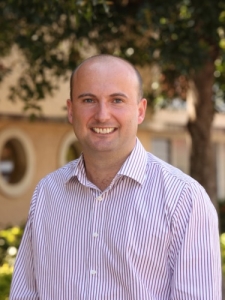Interview mit Simon Adams: „mass atrocities are a developmental catastrophe“

Simon Adams, Executive Director des Global Centre for the Responsibility to Protect in New York
Simon Adams ist the Executive Director of the Global Centre for the Responsibility to Protect in New York. He has worked extensively with civil society organizations around the world. He has published several books on international conflict and is a reknown expert on issues of mass atrocity prevention and international justice. The Global Centre for the Responsibility to Protect is working for the promotion of universal acceptance and effective operational implementation of the norm of the „Responsibility to Protect“ populations from genocide, war crimes, ethnic cleansing and crimes against humanity. It engages in advocacy around specific crises, conducts research designed to further understanding of R2P, recommends strategies to help states build capacity, and works closely with NGOs, governments and international and regional institutions to operationalize the Responsibility to Protect. The Centre is funded by different governments, donations and individuals.
Genocide Alert has asked Simon Adams about his thoughts and recommendations on the nexus of conflict prevention, development cooperation and atrocity prevention.
Is there a difference between “conventional” development cooperation and structural mass atrocity prevention? If there is a difference, what is it?
Simon Adams: There is obviously an overlap but I think what is distinct is where you apply a mass atrocity prevention lens to particular forms of development cooperation. Not to be too reductive, but is digging a well just an issue of providing clean drinking water in keeping with a particular SDG? What if the well is in a village where people are divided on the basis of rival communal identities and access to water is a source of conflict? What risks are therefore associated with digging the well? Could it actually end up exacerbating tensions or reinforcing discriminatory structures? Or could a well be provided in a way that actually helps bring the community closer together and helps overcome some past sources of conflict? I actually experienced this exact situation in East Timor in 2002 but it is illustrative of a bigger issue about how we understand that development cooperation does not take place in a political, historical and social void. Context is crucial.
In Germany, the concept of mass atrocity prevention lies in the hands of the Foreign Office foremostly. Would it make sense to include mass atrocity prevention as an explicit goal of development cooperation?
Simon Adams: Yes. Absolutely. We know, for example, that mass atrocities are a developmental catastrophe. The war in Syria has wiped out 35 years of developmental gains in health and welfare. The genocide in Rwanda caused a 60% reduction in the economy in one year. The civil war in Syria has kept an entire generation of kids out of school and will have a drastic impact on their ability to meet SDG goals. Mass atrocity prevention should definitely be an explicit goal of development cooperation. It’s not just a matter of avoiding risks, but of consciously understanding how development can help undermine the underlying sources of identity-based conflict.
In its guidelines on crises prevention, the German Government declared that the prevention of genocide and other grave human rights violations belongs to the German reason of state. These guidelines explicitely are of cross-ministerial nature. What can a cross-ministerial coopearation in mass atrocity prevention look like in Germany or other states?
Simon Adams: I think Denmark has made some progress in this area and some other states too. Cross-ministerial cooperation is essential. For example, I’m sure Germany’s ministries of justice, foreign affairs and development are all concerned about the situation with the Rohingya in Myanmar. It would be a disaster if future development cooperation in Rakhine State profited the people who carried out the genocide and whom the ministries of justice and foreign affairs probably think should be sanctioned or taken to the ICC.
Do you know of any concrete cases where development cooperation might have hightened the risk of mass atrocities, for example by increasing tensions between different groups?
Simon Adams: See my example re: East Timor above. Also, Rwanda was a major recipient of aid prior to the genocide. No one really questioned the fact that the regime openly discriminated against Tutsi. The government was also seen as a reliable and reasonably non-corrupt partner. Many western governments liked doing development work in Rwanda. And then of course 1994 happened. I think there are numerous other examples where governments who are recipients of aid divert that aid to benefit particular communities to the detriment of others.
Do you know of any concrete cases where it is plausible to assume that development cooperation prevented onsets of mass atrocities?
Simon Adams: Too many too list. Look at any country with identity-based divisions and with a history of violent conflict. I think development assistance has been crucial in many of these countries and not just those that have formally transitioned from active armed conflict to peace.
What role can civil-society actors play in coordinating development cooperation and prevention of mass atrocities?
Simon Adams: They are often not just the eyes and ears on the ground, but the mouth that can speak up about the specific ways in which particular forms of development cooperation could make a situation worse, or could radically improve it.
The interview was conducted by Paul Stewens
» Zurück zur Projektseite Prävention von Massenverbrechen und Entwicklungszusammenarbeit
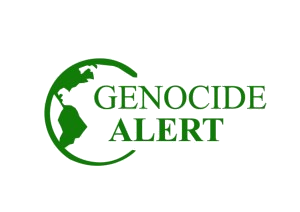

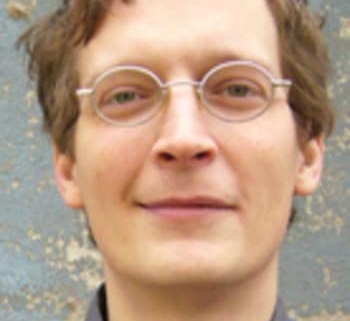
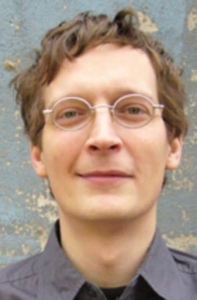
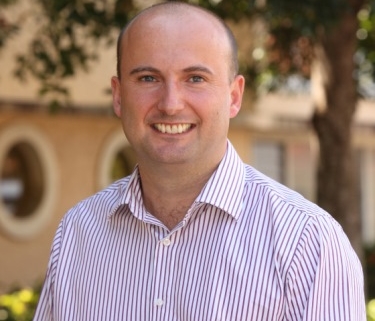 Alexander Bellamy
Alexander Bellamy